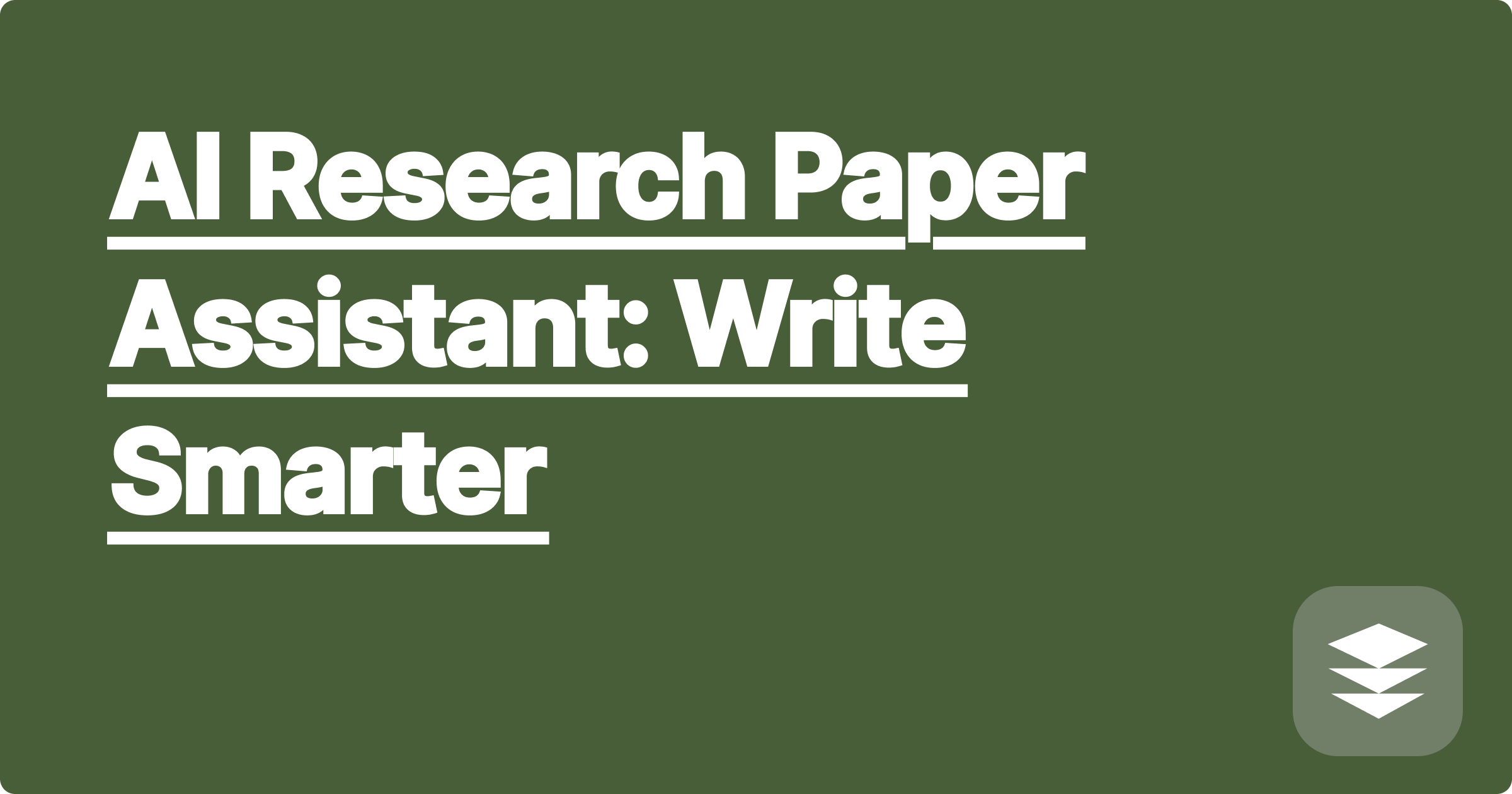
The world of STEM research is evolving at an incredible pace, demanding ever-increasing levels of efficiency and innovation. Students and researchers are constantly seeking ways to accelerate their work, analyze complex data sets, and design groundbreaking experiments. One powerful solution emerging from this need is the integration of Artificial Intelligence (AI) into various aspects of the STEM workflow, particularly in robotics simulations. AI offers a transformative approach, enabling researchers to streamline processes, explore complex scenarios, and ultimately achieve faster, more reliable results. From optimizing robot designs to predicting performance in real-world environments, AI-powered simulations are revolutionizing how we approach robotics research.
This shift towards AI-driven simulations is particularly significant for STEM students and researchers. Traditional simulation methods can be time-consuming, resource-intensive, and often limited in their ability to capture the nuances of real-world scenarios. AI offers a way to overcome these limitations, providing a more efficient, adaptable, and powerful approach to simulation. By leveraging AI, students can gain valuable experience with cutting-edge technologies, preparing them for the future of robotics research and development. Researchers can explore more complex hypotheses, iterate on designs more rapidly, and ultimately accelerate the pace of discovery. This blog post delves into the power of AI for robotics simulations, exploring its benefits, providing practical examples, and offering actionable strategies for incorporating AI into your STEM workflow.
Robotics research often involves designing, building, and testing physical robots, a process that can be expensive and time-consuming. Each iteration of a robot design requires building a new prototype, testing it in a controlled environment, and analyzing the results. This iterative process can take weeks or even months, limiting the number of design variations that can be explored. Traditional simulations, while helpful, often struggle to accurately capture the complexity of real-world environments, including factors like friction, material properties, and unpredictable external forces. Furthermore, analyzing the vast amounts of data generated by simulations can be a significant challenge. Manually sifting through data logs and identifying trends can be tedious and prone to error, hindering the ability to extract meaningful insights.
AI offers a transformative solution to these challenges. AI-powered simulation platforms can create highly realistic virtual environments that accurately model the physics and dynamics of the real world. These platforms can simulate a wide range of scenarios, including different terrains, lighting conditions, and even unexpected obstacles. By using AI, researchers can test countless design variations in a virtual environment without the need to physically build each prototype. This dramatically accelerates the design process and reduces the cost of experimentation. AI algorithms can also be used to optimize robot designs, automatically adjusting parameters to improve performance based on specified objectives. For example, an AI algorithm can optimize a robot's gait for maximum speed or stability, eliminating the need for manual trial-and-error.
Integrating AI into your robotics simulation workflow can be achieved through several practical steps. First, identify a suitable AI-powered simulation platform. Several platforms, like NVIDIA Isaac Sim and PyBullet, offer advanced physics engines and AI integration capabilities. Next, define your simulation goals and metrics. What are you trying to achieve with your simulation? What performance indicators will you use to measure success? Once you have defined your goals, you can begin building your virtual environment. Import your robot model into the simulation platform and configure the environment to match your desired scenario. You can then use AI algorithms to train your robot in the virtual environment. Reinforcement learning is a popular technique for training robots to perform complex tasks. Finally, analyze the simulation results. AI tools can help you visualize and interpret the data generated by your simulations, identifying trends and insights that might be missed through manual analysis.
Consider a researcher designing a robot for search and rescue operations. Using an AI-powered simulation platform like NVIDIA Isaac Sim, they can create a virtual environment that mimics a disaster zone, complete with rubble, uneven terrain, and limited visibility. They can then train the robot using reinforcement learning to navigate the environment and locate survivors. Another example involves designing a robotic arm for manufacturing. An AI algorithm can optimize the arm's movements for maximum speed and precision, minimizing production time and maximizing efficiency. Furthermore, in the field of biomechanics, researchers can use AI-powered simulations to study human movement and design prosthetics. By simulating the interaction between a prosthetic limb and the human body, researchers can optimize the design for comfort, stability, and functionality.
Leveraging AI effectively in STEM research requires a strategic approach. Start by familiarizing yourself with the available AI tools and resources. Explore online tutorials, attend workshops, and join online communities to learn from experienced users. Don't be afraid to experiment with different AI algorithms and platforms to find the best fit for your research needs. Collaborate with other researchers and share your knowledge and experience. The AI community is constantly evolving, and collaboration is crucial for staying at the forefront of innovation. Document your work meticulously, keeping track of your experiments, results, and insights. This will not only help you organize your research but also facilitate the publication process.
Finally, remember that AI is a tool, and its effectiveness depends on how it is used. Clearly define your research goals and use AI strategically to achieve those goals. Don't rely solely on AI; combine its power with your own expertise and critical thinking skills. By embracing AI as a powerful ally in your research journey, you can unlock new possibilities and accelerate the pace of discovery in your STEM field. Continuously explore new AI tools and techniques, and stay updated on the latest advancements in the field. The future of STEM research is deeply intertwined with AI, and by embracing its potential, you can position yourself at the forefront of innovation.
Master STEM: AI Study Guide & Planner
AI for Robotics: Efficient Simulations
AI Research Paper Assistant: Write Smarter
AI-Driven Data Viz: Explore Datasets
Conquer STEM: AI-Powered Study Hacks
AI for Exams: Ace Your STEM Tests
AI Homework Helper: STEM Problem Solver
AI Study Buddy: Master STEM Concepts